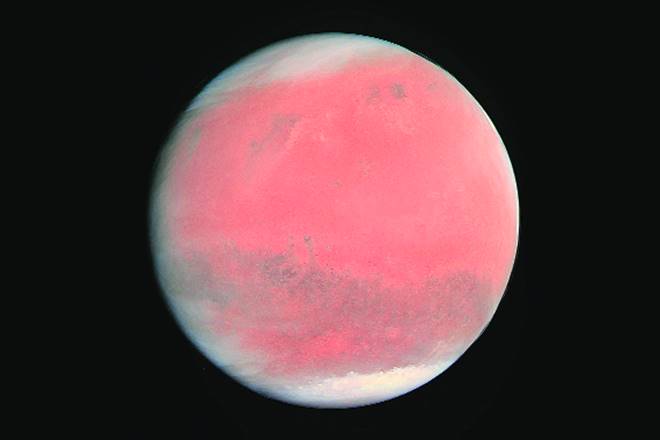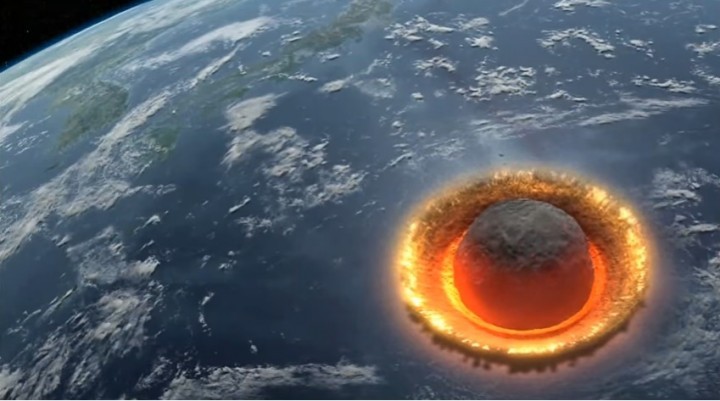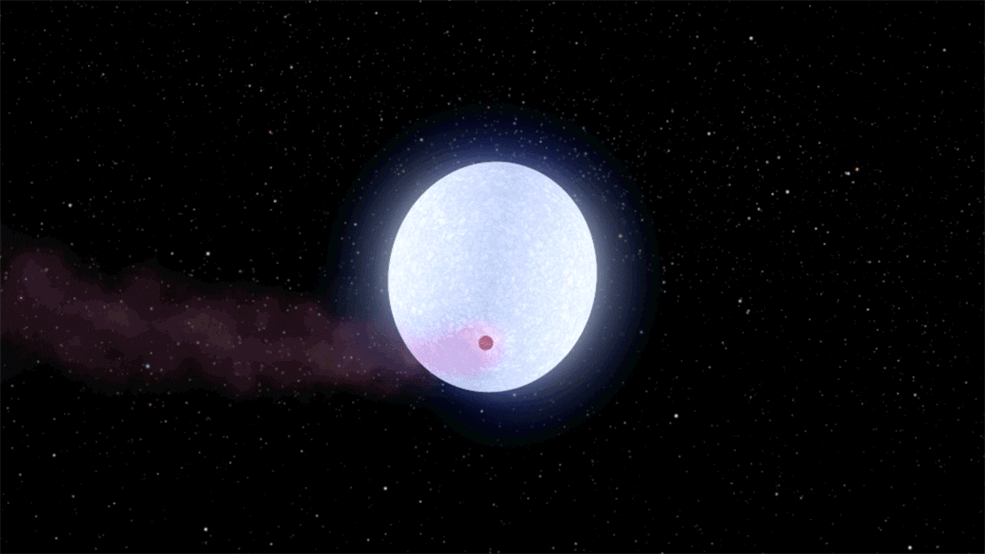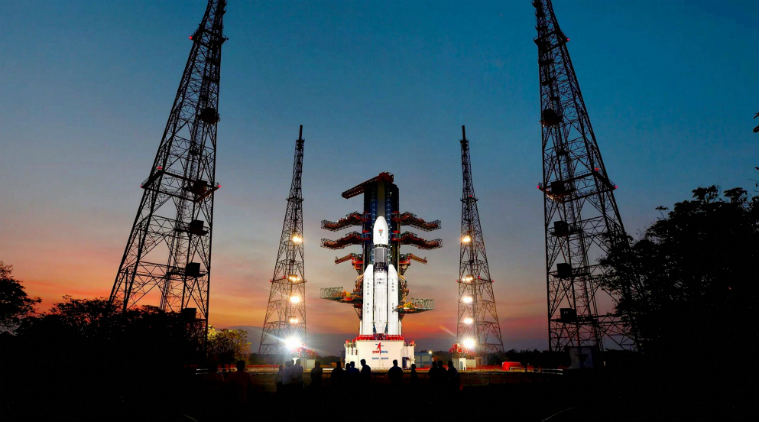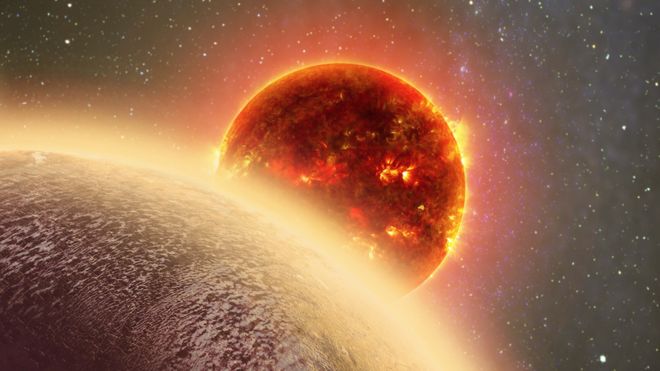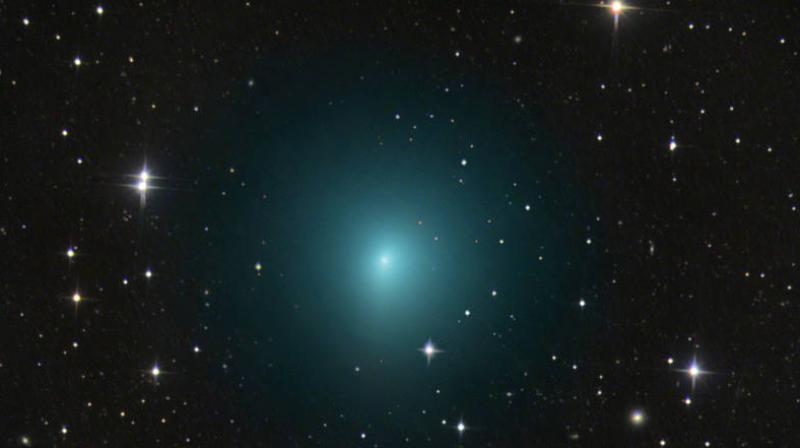Why time travel is not possible with currently known technology
The concept of time travel has been a favorite of science fiction fans for decades, but unfortunately, it’s just not something we can do yet. Sure, we can imagine all sorts of wacky scenarios involving time travel, like meeting your future self or going back in time to win the lottery, but the truth is …
Why time travel is not possible with currently known technology Read More »



